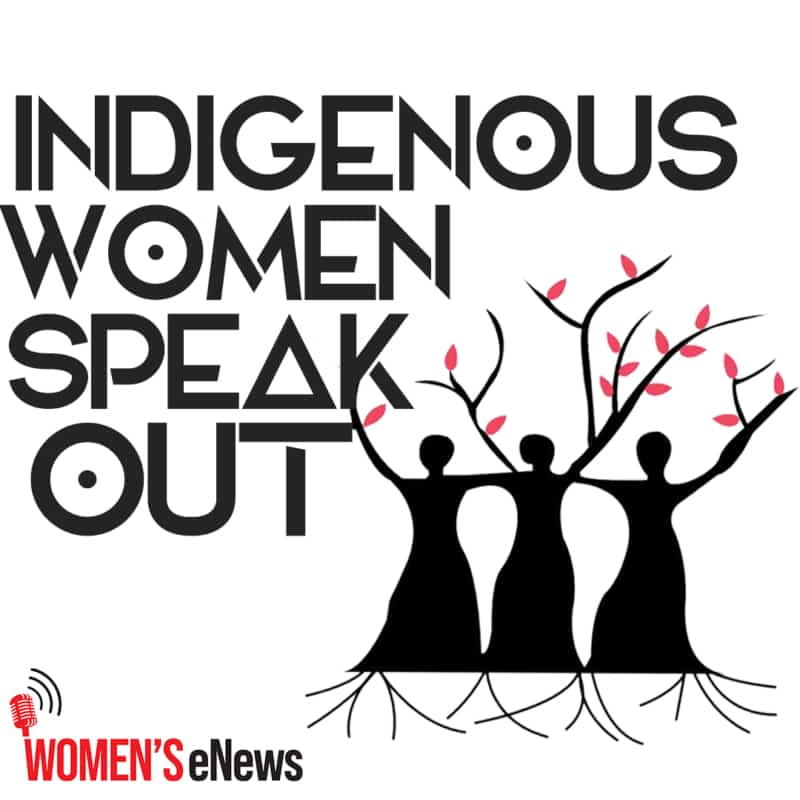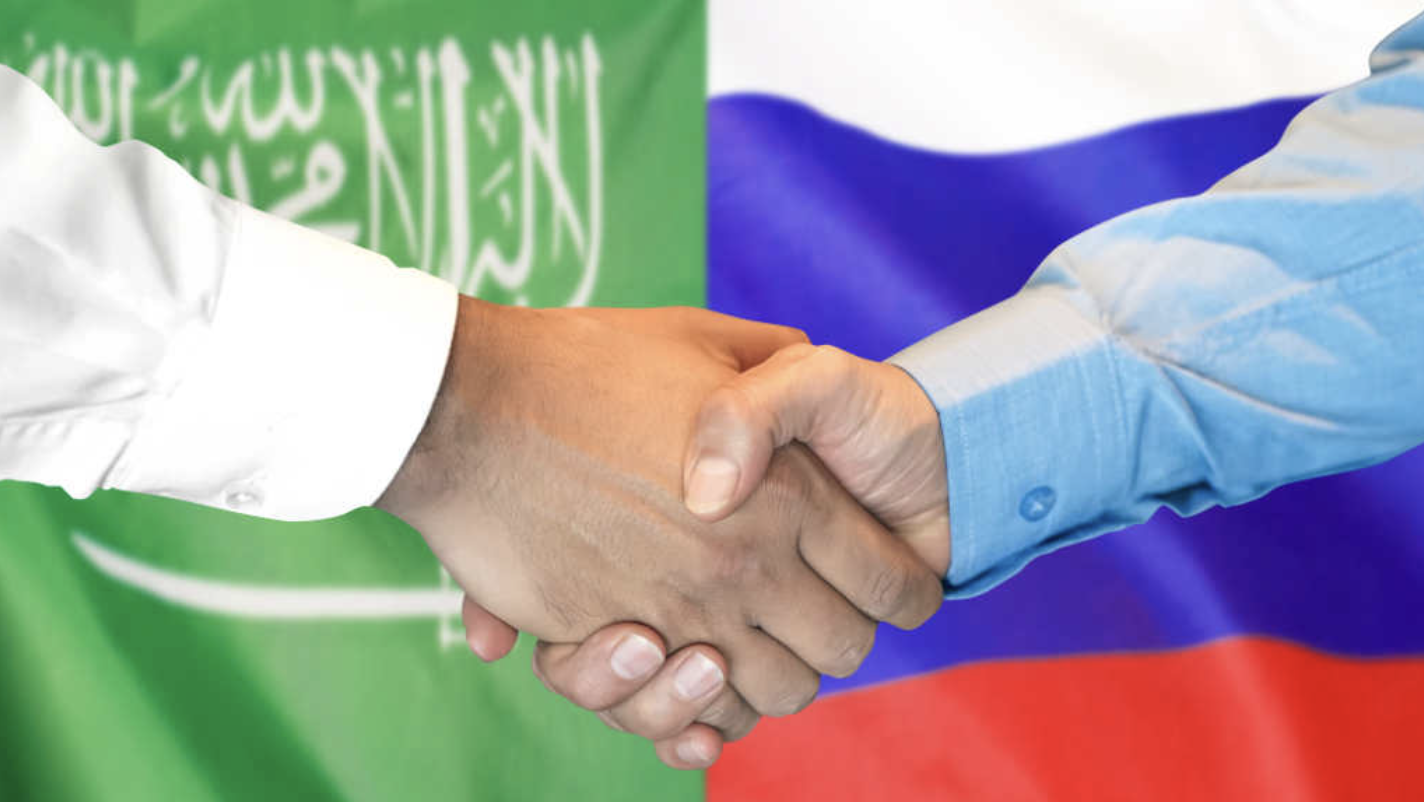“First of all, you don’t need anyone’s permission to stand up for something, no matter what it is.” – Madonna Thunder Hawk
She may be from the Silent Generation (pre Baby Boomers) but those who know Madonna Thunder Hawk, 81, Lakota from the Cheyenne River Sioux Tribe, also know she’s definitely not the silent type. Her name, afterall, is synonymous with the American Indian Civil Rights Movement and in general, Native American resistance. It was her actions starting in 1969 that proved louder than words. An early leader in the American Indian Movement (AIM), Thunder Hawk took part in the occupation at Alcatraz, one of the most important events in Native American history and the first modern protest led primarily by Indigenous people, 400 of them, who stood up for Indian self-determination. The civil resistance lasted 19 months. In 1973 she was at the takeover of Wounded Knee, South Dakota, an occupation involving 200 people and lasting 71 days, with activists standing up for treaty rights and injustices against Native Americans. Thunder Hawk says at the time she didn’t think about the significance of what was political activism:
“We didn’t have time to do bench marks. It was a constant ongoing push. We never did sit down to look at what we did. It’s, what’s the next struggle? We had no time to think about it. We would come up against more things, and there’s always stuff to do. We were always looking forward, like our ancestors. It was constant survival mode. You never looked back.”
As she moved forward, her work as a frontline protestor and reformer evolved. She doesn’t like the word activist saying “it’s overused.” She co-founded Women of all Red Nations (WARN), which focused on Native women’s issues. She also co-founded the Black Hills Alliance to fight uranium mining on sacred Lakota land. She helped to establish a Survivor School, an alternative to government run schools, where culturally relevant teachings about topics like tribal sovereignty were the norm. She currently works as a tribal liaison for the Lakota People’s Law Project, which “partners with Native communities to protect sacred lands, safeguard human rights, promote sustainability, reunite indigenous families, and much more.” “Your work changes as you age. I’m still busy. The issues are still there. There’s land base issues and water issues,” Thunder Hawk says.
Water Protector
Defending land and water protected by treaties are a no brainer for the outspoken advocate. No wonder Thunder Hawk joined the tens of thousands of protestors or “water protectors” in 2016 on the Standing Rock Sioux Reservation in South Dakota who gathered to combat construction of the nearly 1,200 mile long oil pipeline controlled by Energy Transfer Partners. “Water is life” or “Mni Wiconi” (in Lakota) became the rallying cry against the Dakota Access Pipeline (DAPL). Indigenous youth and Indigenous adult women played a pivotal role in the movement. Thunder Hawk responded to a call from an AIM cohort to help manage an encampment that captured international attention: “My work was with Phyllis Young, who served as the liaison for the (Standing Rock Sioux) tribe,” Thunder Hawk continues. “We dealt directly with the Morton County Sheriff’s office and the Army Corp of Engineers. They were practically ready to bomb us. We know their tactics, any level of government. We learned from back in the day. I ended up staying through to the end.”
Native Children’s Advocate
As a mother, grandmother and now great grandmother, Thunder Hawk has been very vocal when it comes to Native children: “I’m part of a Grandmother’s group called Wasagiya Najin (“standing strong”). We’re working at the local level.”
Specifically, she’s standing strong for those who are forced into foster care. Statistics show Native Americans are up to four times more likely to have their children separated and placed into foster care than their non-Native counterparts. According to the National Indian Child Welfare Association, when the Indian Child Welfare Act (ICWA) became law in 1978, 25 to 35 percent of all Native American children were being taken from their homes, and 85% of them were placed outside their communities. Since the law’s enactment, the number of Native children placed in non-Native homes fell to 56 percent of those removed from their families.
Boarding School Survivor
Thunder Hawk knows intimately how frightening it can be for children who are removed from their homes. In 1946, she and her sister were sent to a BIA boarding school, where they were given government issued clothing. The first day was painful, literally. “They assumed we had head lice,” she recalls. “They took us to the basement where they had big tubs of kerosene. They dunked our heads in that water. After that they wrapped our heads in towels. I could feel my scalp burning.”
She survived boarding school, as did her mother. It no doubt set the stage for her life’s path as an activist. “They said I was mouthy. I was in protective mode right away,” Thunder Hawk says. She’s adamant about Native children remaining in their communities, no matter what the cost, even if it means working with the government.
Wasagiya Najin, the grandmother’s group, made up of elders like her, also known as “OG’s” or old grandmas, work with the YG’s or young grandmas to find solutions to community issues. Currently, they’re working with the state of South Dakota to find a way to keep foster children on their reservation. Teaming up with a group called Simply Smiles, they’re creating a Children’s Village to keep Lakota children, who may have been sent away, on tribal land. “I thought they were a religious organization (Simply Smiles), you know, trying to save the Indians. I assumed that but I found out, no that’s not what they do. We started talking. I said we need to keep the children on the rez (reservation),” says Thunder Hawk. “There’s not enough foster homes to place children on the reservation. There’s a lot of dysfunction, drugs and alcohol. It’s really tough. We need to do something.”
Thanks to the OG’s and the partnership with Simply Smiles, the Cheyenne River Sioux Tribe’s Children’s Village now has buildings. All that’s needed now are foster care workers who can help raise Native children in an environment rooted in Native traditions and healing practices.
Deb Haaland
Thunder Hawk’s life’s work has resulted in positive change. She’s witnessed enormous strides in the treatment of and lives of Native Americans. Seeing it culminate with the appointment of Deb Haaland earlier this year as Secretary of the Interior was nothing less than astounding: “I lived to see it! You know. It’s just amazing that we have a Native person in there and a woman of course! We know she’s going to be awesome. She’s ready to step up. Many Native women across the country are that way. It’s our time! I can just sit back and watch and glory in it.”
Advice to youth
Thunder Hawk has spent a lifetime being a mover and shaker. Her advice to young people?
“Whether it’s an issue or you want to pursue an education, be the best one of that bunch. Have a plan. Have a vision. Carry a sign. Get involved in whatever capacity. Do whatever you can. Everybody’s needed. You have a responsibility. Look at what your ancestors did for you to be talking and breathing. If it’s just one thing, be a role model for your children. That’s important. Be that hero for your kids. Your ancestors are all around us. That’s our strength. We got a head start on everyone else.”












